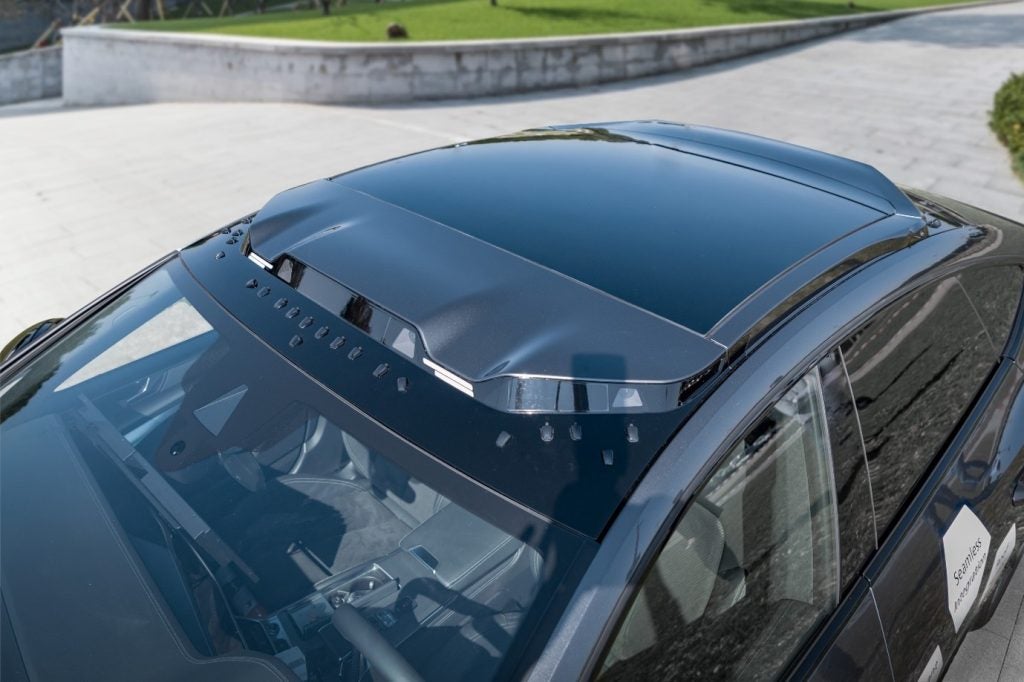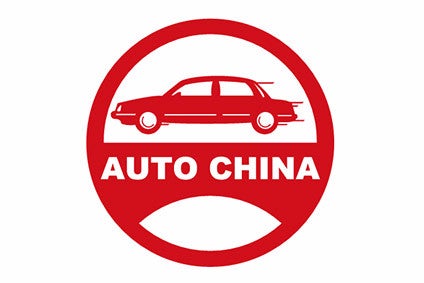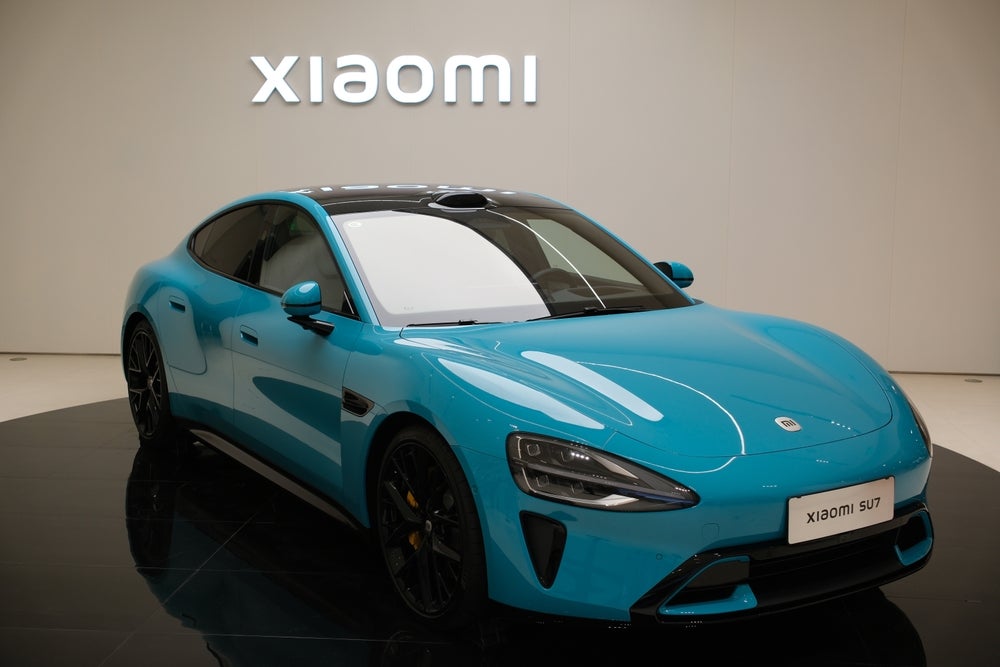Sixth in our Hands-On-Tech (HOT) reporting series*, we take a look at the Peugeot 3008’s i-Cockpit technology. Taking you through the top-spec connectivity features offered by manufacturers in detail, we look to benchmark the connectivity functionality based on various test criteria. Having won European Car of the Year 2017, the Peugeot 3008 set a high expectation. Where technology was concerned, however, it offers more style than substance.
Display
The focus on making the driver central to the i-Cockpit experience is evident with the 7″ touchscreen, tilted towards the driver to make easier to use. This was so ergonomically well-designed, when driving a different vehicle later in the week, it jarred to not have that luxury. Responsive, with swipe and pinch and zoom features, the Peugeot’s i-Cockpit display also features Android Auto and CarPlay integration. Testing in the UK, we were pleased to see CarPlay has been configured to suit right-hand drive, i.e. the home button is to the right of the screen, rather than the left.
Use of CarPlay in this vehicle proved irritating as Apple Maps would not configure to “street view”. There is simply a choice between Overview or Detail route and an indication of the direction the driver needs to head ‘SE’, ‘N’, etc. Surprisingly, use of CarPlay doesn’t disable the handset functionality, unlike Android Auto.
This is the first opportunity to use Mirrorlink in a more detailed way and it was disappointing. The only application it recognised from the handset was Scan MyPeugeot, Peugeot’s attempt at a digital manual. The touchscreen is less responsive in Mirrorlink.
Voice Control
Each and every time Peugeot’s voice control is used – whether selected from the end of the indicator stick or from the steering wheel control – it takes a few seconds to listen to welcome message and suggested instruction before you can speak your command. Without doubt, the most frustrating experience we’ve had in the series yet, Peugeot’s voice recognition package has only one redeeming quality. If you use the speech command frequently enough, it will allow you to select ‘Expert’ mode, in which case it will allow you to use speech command immediately, unless it fails to hear something; at which point, it will then issue suggestions for instructions. Once in ‘Expert’ mode, the experience was only slightly less annoying.
It doesn’t recognise postcodes for navigation, but will take full addresses. It’s not always right though, for example, hearing ’83 Christian Court’, as ‘8330’ or ‘8334’ and the street name. Towns will work, but it will always offer a list of selections to double check its understanding. While on the road, this is arguably not much safer. When trying to then change the radio station, the voice control was still stuck in ‘navigation search’.
How well do you really know your competitors?
Access the most comprehensive Company Profiles on the market, powered by GlobalData. Save hours of research. Gain competitive edge.

Thank you!
Your download email will arrive shortly
Not ready to buy yet? Download a free sample
We are confident about the unique quality of our Company Profiles. However, we want you to make the most beneficial decision for your business, so we offer a free sample that you can download by submitting the below form
By GlobalDataThough Android Auto and Apple CarPlay are available, neither the stick, nor steering control buttons are enabled for ‘Ok Google’ or ‘Hey Siri’ respectively.
The telephony was the strongest feature operating with voice control. It correctly cross referenced less-Western names with our imported contacts. However, with navigation and audio, there was no real functionality available and the UX was poor. We scored it 1 out of 5 for both accuracy and natural use, where 1 indicates that the system understood very little and the syntax needed wasn’t at all natural. Since there was no voice response facility, there is no way of understanding what has been ‘heard’ by the system so the driver cannot adjust their syntax or accent appropriately.
Audio
Provided by Focal the sound system isn’t too shabby at all, but it’s incredibly simple. The sound can be configured to focus around the driver, but the sound isn’t whole. It’s a basic fader experience, just as the loudness adds additional bass. Though it had genre choices, these seemed to do little to change the overall audio experience, the way some of the more premium brands in our series do.
Switchgear
The piano keys are very stylish and one of the most well-designed shortcut buttons in the industry. Easy to find in the dark and much more ergonomic than some of the more luxury models in our previous tests, Peugeot has also done away with the home button, since the piano keys toggle to whichever feature you’re looking to use. It does mean each feature is used individually, i.e there is no split screen, but actually, that makes things simpler and ensures nesting in whichever area is minimal.
Networking
Our experience connecting with bluetooth was initially straightforward. However, at one point, the car lost bluetooth connection with the handset and wouldn’t reconnect, while still on the move. Despite putting the saved entry ‘in the bin’ and trying to add it from scratch, the issue was only resolved once car shut off and started again.
Disappointingly, the WiFi hotspot didn’t work. Though the system said a connection was available, across all of our devices, the network name could not be found, not even once tethered to a smartphone connection. At £200 for a three-year deal, it seems to be available but some forums suggest this feature isn’t supported in the UK. This didn’t surprise us, since when we pressed the white lion ‘Peugeot Assist’ button (next to SOS), a friendly German chap answered in German and asked where we had broken down. When we explained we were testing the technology, he said he didn’t usually answer this line but it was only available for breakdowns (even though we hadn’t pressed the red SOS button). Altogether confusing, since we were expecting a concierge-style service.
Though it doesn’t have an inductive box, the Peugeot 3008 does have wireless charging mat in a cubby under the head unit. Flashing a blue light when charging, this didn’t seem to charge particularly quickly and since a cable needs to be used to utilise Auto, CarPlay or Mirrorlink, it seemed a bit redundant.
Navigation
Integrated with TomTom traffic, the navigation was accurate, input was tedious, as the system didn’t take postcodes, yet did for waypoints.
Conversely, the Points of Interest (POIs) menu was nicely designed, allowing a choice of results near the vehicle, on the route or at destination. The search functionality allows for looking up public loos, but ‘toilet’ brought up a list of toiletries stores in amongst the few public conveniences.
ADAS
The auto adaptive cruise control was more impressive than that in the BMW 5-series. Less laggy when pulling off and responding to other vehicles cutting in, our only observation was the way the radar did not take into account the use of an indicator. In the future, if the vehicle is prepping for an overtaking manoeuvre, the cruise control need not slow down. The 360-degree parking camera is excellent.
Companion App and Telematics
MyPeugeot is only available to those providing the VIN, only available on the registration document so not to us. A cursory look, however, reveals that it is here the vehicle health and maintenance is managed.
Scan MyPeugeot is conceptually a great idea. An attempt to simplify the driver’s manual and provide something that can be read away from the vehicle, the images and explanations are not sufficient and it is incredibly difficult to navigate, using images rather than menu titles. While the concept is commendable, the execution leaves a lot to be desired. The icons are not obvious to everyone. While on the subject of icons Peugeot introduces a number of new icons that aren’t standard orfamiliar to anyone, and must be addressed.
Conclusion
Peugeot’s stylish i-Cockpit doesn’t seem to have graduated from the school of concept. The transitions on the head-up display from the familiar skeuomorphic speedo dials to the counter-style gauges is slick, but there’s a lack of substance underneath it all. Mirroring programmes are interrupted by the proprietary system and require the driver to go back in and open the application again. It’s not a great customer experience.
*This article is an extract from a report that first appeared in our QUBE service. The QUBE article is accompanied by a comprehensive data sheet with our full evaluation of Peugeot’s connectivity and HMI.







